
The time limit for free parking at Surrey Quays Shopping Centre has been reduced from four hours to three hours.
The change came into effect on 1 October.
Any driver staying more than three hours can face a charge of £100.


The time limit for free parking at Surrey Quays Shopping Centre has been reduced from four hours to three hours.
The change came into effect on 1 October.
Any driver staying more than three hours can face a charge of £100.
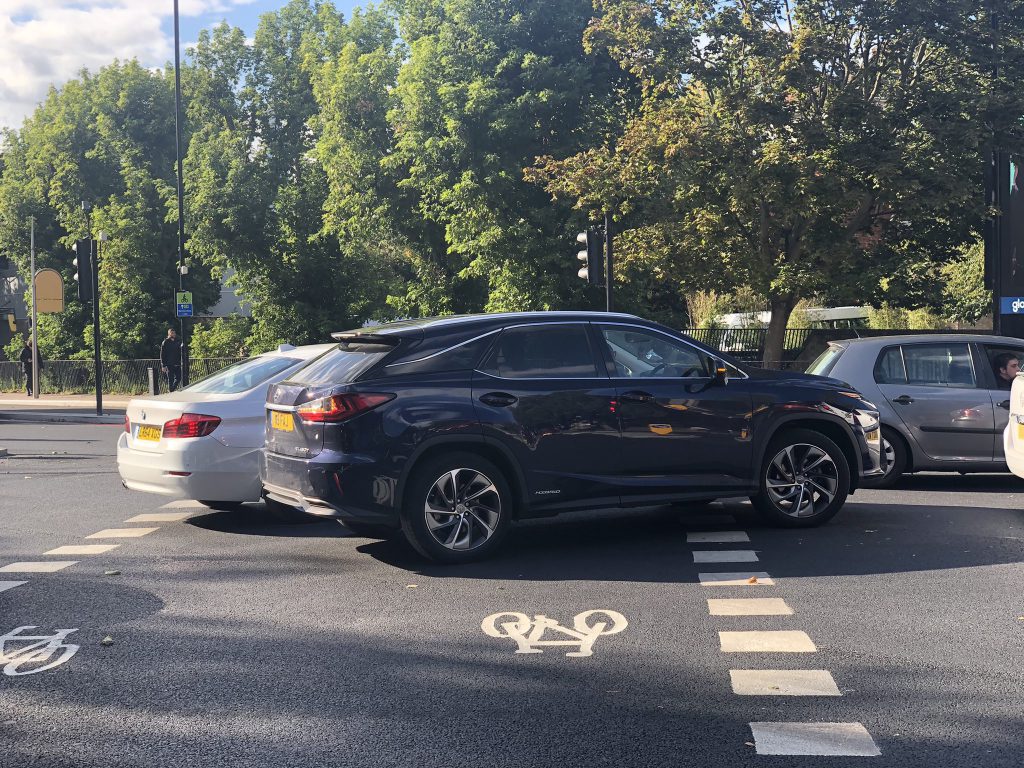
More than 800 people have signed a petition calling for the ban on traffic turning right from Southwark Park Road to Jamaica Road to be reversed.
The banned turn was introduced as part of the opening of Cycleway 4 along Jamaica Road.
Queuing traffic turning right conflicts with the cycleway which switches between the north and south sides of Jamaica Road at the junction with Southwark Park Road and West Lane.

Transport for London is to ask the Government to help pay for a new – larger – fleet of trains for the Jubilee line to combat the overcrowding seen in pre-COVID times and to cater for the expected growth in passenger numbers associated with developments at Canada Water and elsewhere.
The request is part of TfL’s submission to the Government ahead of the comprehensive spending review.
According to TfL: “A number of recent issues with Jubilee line trains have highlighted the significance to business of this line.
“It serves key growth areas for jobs and housing, including Canary Wharf, Canada Water, Stratford, North Greenwich and Canning Town, and it already suffers from critical crowding issues.
“Addressing the overcrowding issues is essential to realise the full potential of these areas to become hubs for highly productive jobs.
“There are various options to enhance capacity on this line. The most transformative would involve buying 73 new, higher-capacity trains to increase capacity by 25 per cent, equating to 14,000 extra people per hour.
“This would have a secondary benefit of freeing up the current Jubilee line fleet to be used on the Northern line, enabling more trains to operate to other key development areas including Euston, Colindale, Brent Cross and Battersea, as well as the West End and the City of London.”
The scheme would cost £1.9 billion and the trains could be ready for delivery between 2024 and 2029.
It would help TfL boost peak time frequencies on the Jubilee line from 30 to 36 trains an hour.
Funding for the Rotherhithe Tunnel refurbishment is also part of TfL’s £2 billion wish list for road asset renewals. TfL says: We could remove the need for several thousand small and medium-sized vans to make a 30- to 60-minute detour each day to avoid the tunnel.”
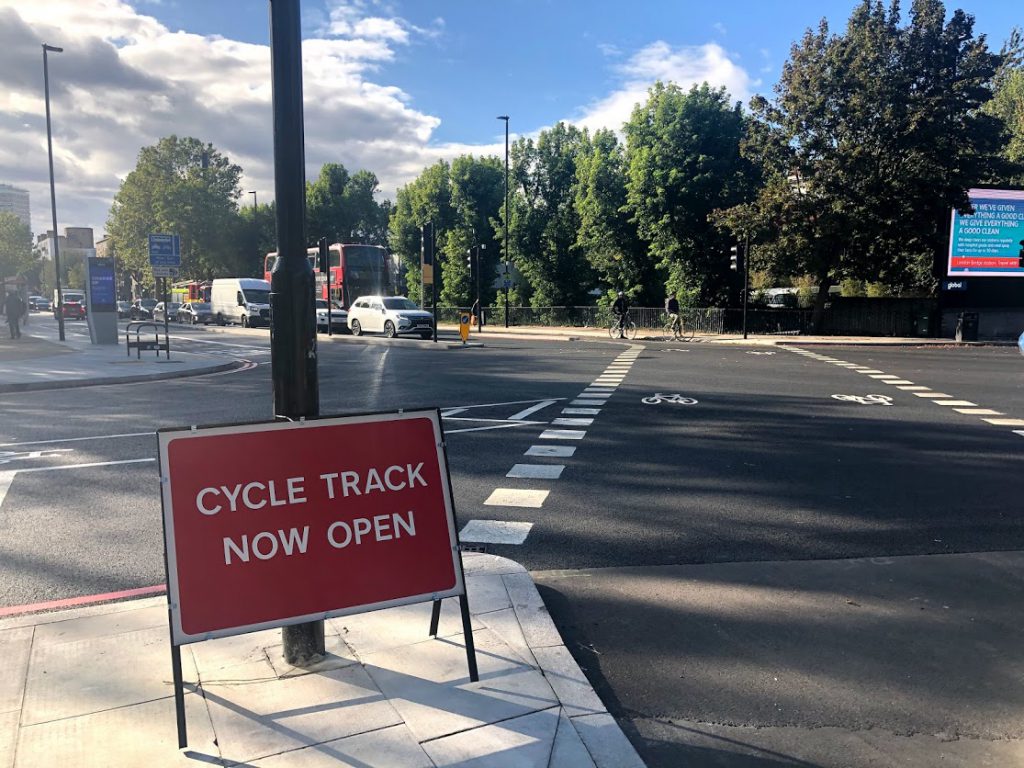
Cycleway 4 is now open along the full length of Jamaica Road – and the first two Santander Cycles docking stations in SE16 are now in operation at George Row and King’s Stairs Gardens.
Will Norman, London’s walking and cycling commissioner, said: “I’m really pleased that the first section of Cycleway 4 from Tower Bridge to Rotherhithe is now complete. By providing the first fully protected route from southeast London to central London at a time when many Londoners are beginning to cycle in the city or returning to it, we will enable many more journeys by bike.
“This is more critical than ever to prevent a spike in car use as public transport capacity remains reduced.
“Rotherhithe roundabout has been completely overhauled to reduce road danger, and the new Santander Cycle docking stations are the first for Bermondsey and Rotherhithe, which will enable us to further build on the momentum of our world-leading Streetspace programme.”
Gareth Powell, TfL’s managing director of surface transport, said: “We’ve seen thousands of extra cycling journeys every week since the pandemic began, as people across London discover the health and environmental benefits of getting around by bike.
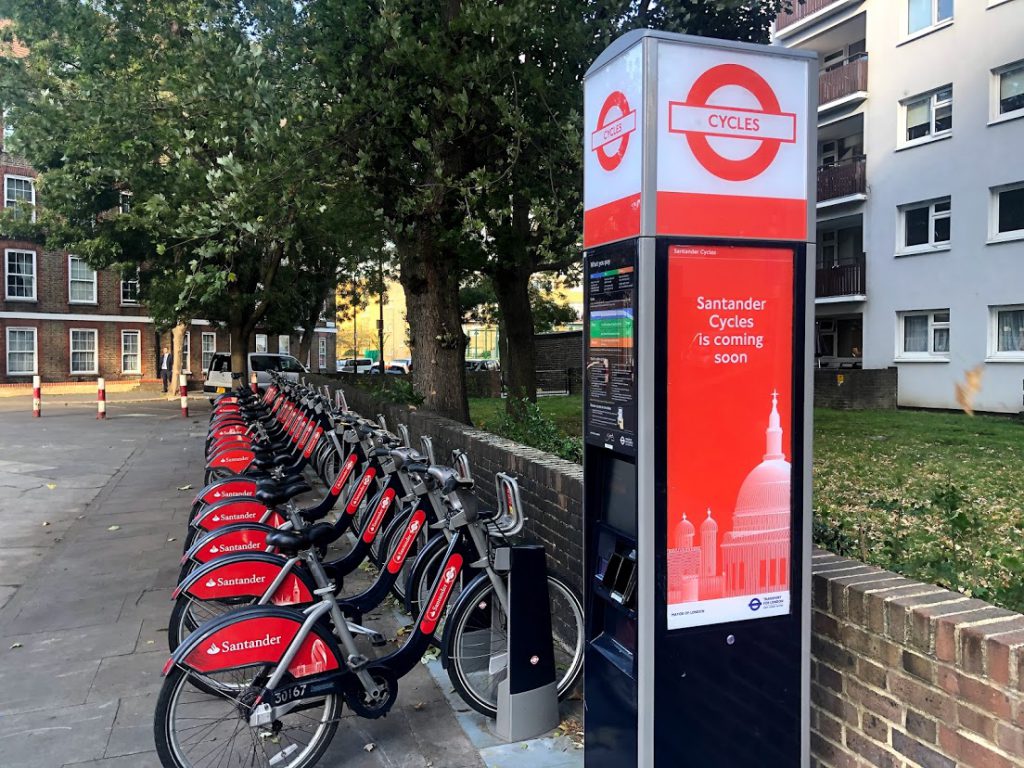
“The vital new Cycleway and docking stations will be a major boost to people living in Rotherhithe, Bermondsey and beyond and I’d like to thank everybody in the area for their patience during construction work.
“We’ll continue to work closely with Southwark Council on our Streetspace programme and are pressing ahead with our bold plans to make streets across London safer and more attractive to people walking and cycling.”
Cllr Catherine Rose, Southwark Council’s cabinet member for leisure, environment and roads, said: “We have completed a huge amount of work this summer, to make many of our streets safe for social distancing, better suited to help support local businesses and safer for cycling and walking.
“This new stretch of segregated Cycleway is a much needed addition, that will give confidence to those who want to cycle more, especially local people living in Bermondsey and Rotherhithe; many of whom joined us in campaigning for Santander Cycles in the area as well.
“We are therefore delighted to have supported TfL with the introduction of this stretch of Cycleway 4 and the new docking stations. We hope that they will enable more people to take up cycling and help us to clean Southwark’s air.”
Further Santander Cycles docking stations will be installed soon near Bermondsey Station and Canada Water Station.
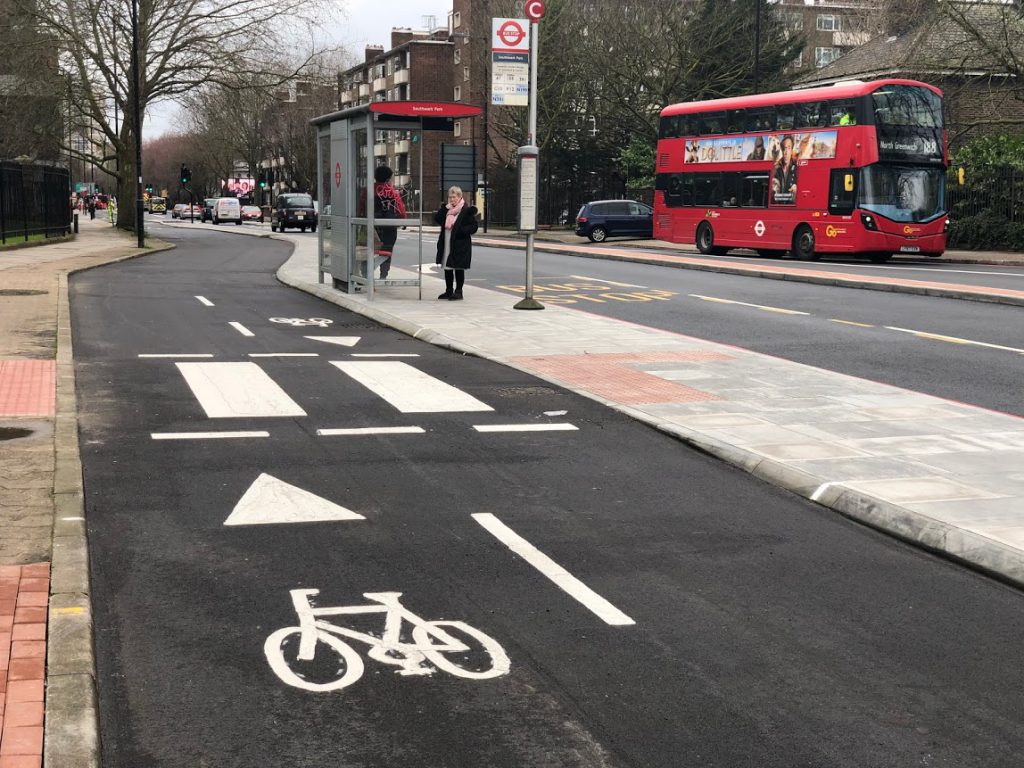
Transport for London says that the section of Cycleway 4 on Jamaica Road should be finished “by the end of September”.
Work resumed this summer after a hiatus during lockdown.
Eventually the route will link London Bridge with Deptford and Greenwich.
Transport for London has released data showing the impact of COVID-19 on passenger numbers at every London Underground station including Canada Water and Bermondsey.
Although passenger numbers at Canada Water have recovered significantly, they are still well below pre-lockdown levels.
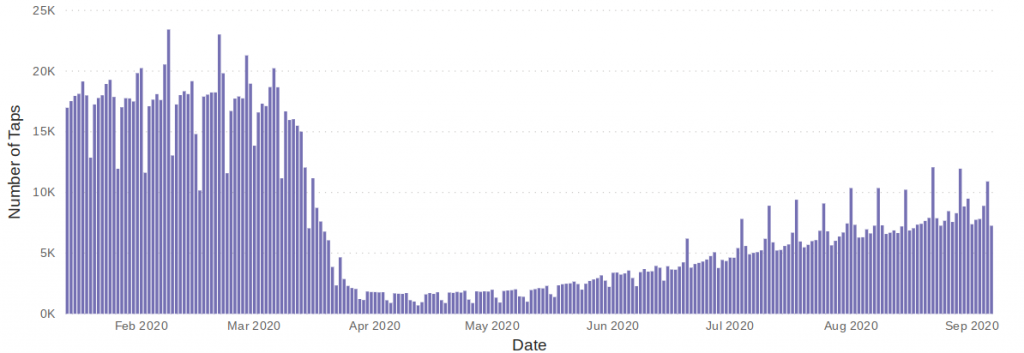
Bermondsey was one of a number of smaller stations which closed in March to allow staff to be redeployed to keep interchanges and stations near hospitals open.
Bermondsey reopened on weekdays only in July, and resumed its full seven day schedule on Sunday 6 September, the last day included in the graph below.
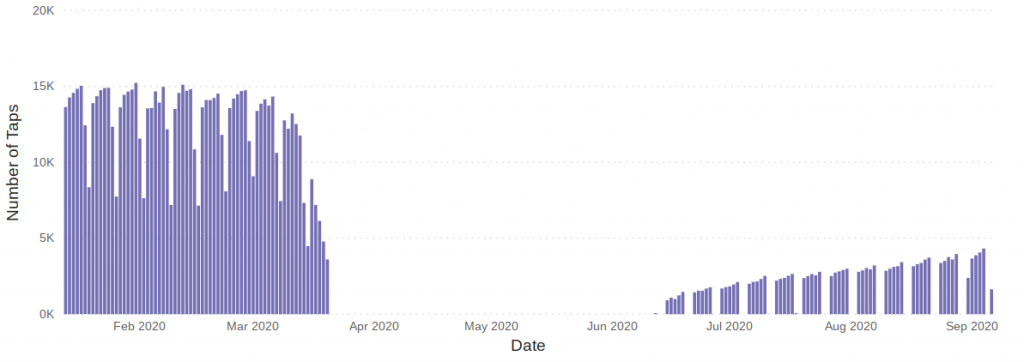
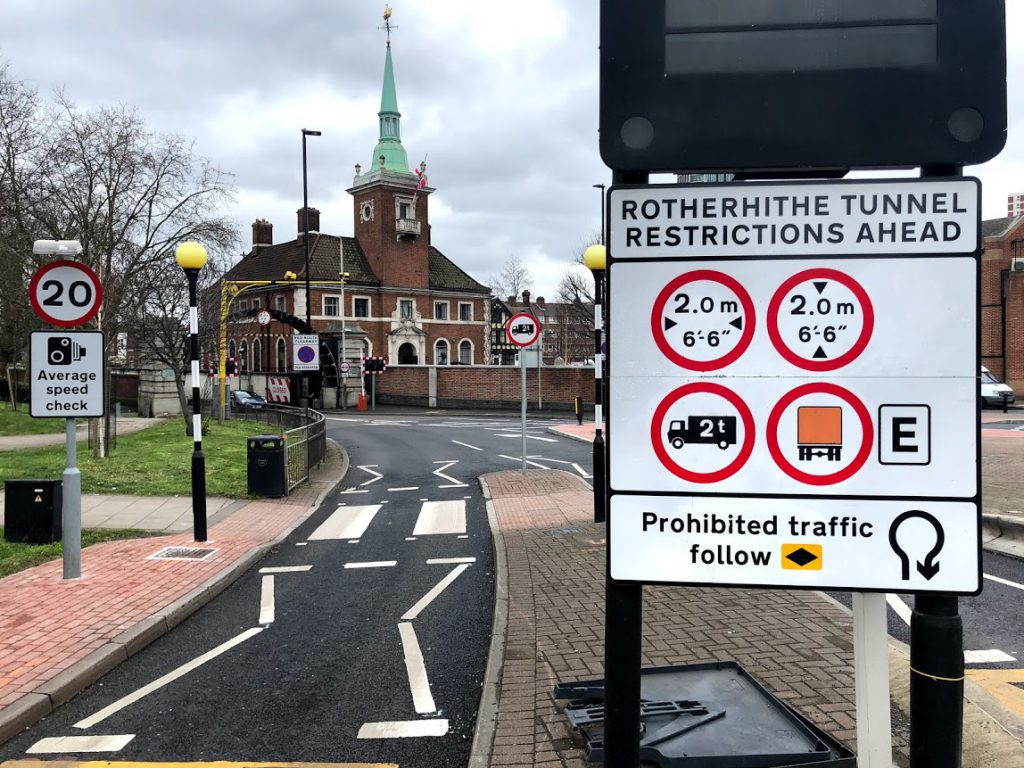
Essential works to keep the Rotherhithe Tunnel operational could cost as much as £178 million, according to Transport for London.
The expected cost range of the Rotherhithe Tunnel works was revealed this week in a written answer by Mayor of London Sadiq Khan to a question tabled by Liberal Democrat London Assembly member Caroline Pidgeon.
“The renewal of the Rotherhithe Tunnel is currently progressing through concept design and, at this early stage in project development, Transport for London (TfL) estimates that costs will be in the range of £116 million to £178 million, subject to funding being available,” said the Mayor.
“TfL plans to complete the concept design work later in 2020. An updated estimate will then be produced, prior to the appointment of a contractor in 2021 to progress detailed design.
“”In addition to the project activities, TfL will continue regular maintenance and progress any short-term minor renewal work to ensure the tunnel remains safe and operable.”
TfL’s 2019 business plan had put the cost of the Rotherhithe Tunnel works at about £140 million.
Ms Pidgeon also asked the Mayor about TfL’s plans to fast track proposals for a Rotherhithe to Canary Wharf ferry service if the prospect of regular or long-term closures of the Rotherhithe Tunnel increases.
Mr Khan said that as with the decision to pause plans for a walking and cycling ferry, “full implementation of [the Rotherhithe Tunnel] works is similarly dependent on greater certainty over TfL’s long-term funding position”.
The Mayor added: “I can assure you that the impact of any long-term closures of the Rotherhithe Tunnel on local residents and businesses will be a key consideration in the further development of this work.”
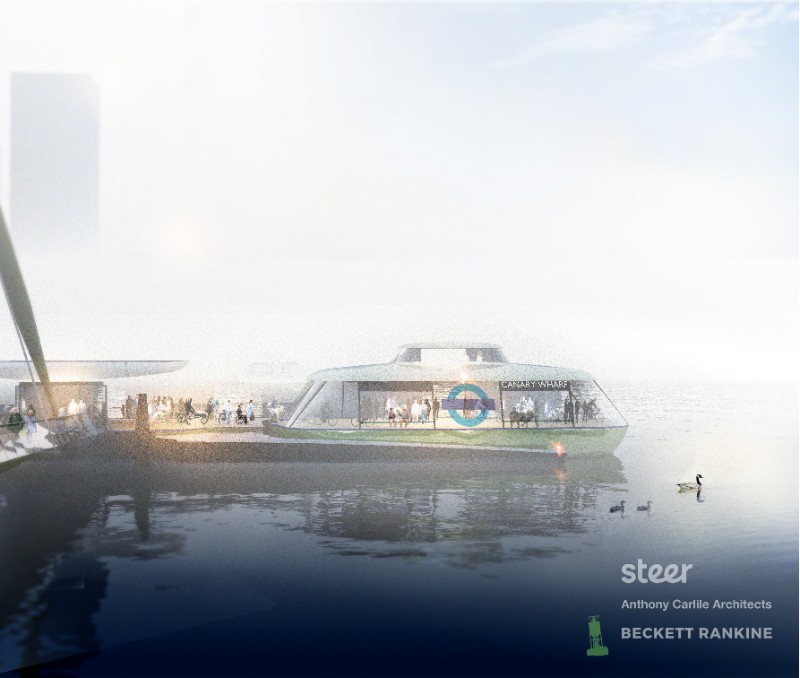
The project to upgrade the ferry link between Rotherhithe and Canary Wharf – intended as a consolation prize after the cancellation of the proposed walking and cycling bridge – has been officially put on hold by Transport for London as it grapples with a financial crisis in the wake of COVID-19.
In budget papers to be considered by the TfL board next week, the transport authority says that the scheme is “currently unaffordable in the context of other walking and cycling priorities”.
The Mayor of London, Sadiq Khan, said: “In the years I’ve been in office, I’ve ensured that Transport for London was in a strong financial position despite London being one of the only major cities in Western Europe without a Government grant for day-to-day transport operations.
“Coronavirus has had a devastating effect on TfL’s finances, which rely on fare income. Prior to the pandemic TfL were on course to reduce their operating deficit by 86 per cent and increase their cash balances by 31 per cent. TfL’s revised budget, should sufficient funding be provided by the Government in the months ahead, will keep services running safely and support London’s recovery from the pandemic.”
Andy Byford, London’s Transport Commissioner, said: “Prudent financial management had placed TfL on the cusp of breaking even for the first time in its history and with strong financial reserves.
“However, the pandemic revealed that the current funding model, with its unusually heavy reliance on fare revenue, simply doesn’t work when faced with such a shock.”
In March – before the scale of the COVID-19 crisis was known – Sadiq Khan had said that it was “full steam ahead” for the ferry plan.
Cllr Johnson Situ, Southwark Council’s cabinet member for growth, development and planning, said: “The decision to pause work on the Rotherhithe to Canada Water crossing is deeply frustrating.
“Transport for London is facing a huge and unprecedented financial challenge in the wake of the Coronavirus pandemic and it’s clear difficult decisions will have to made.
“However, the Rotherhithe to Canada Water crossing would provide a vital new route over the Thames in an under-served part of London and would mean more people can choose walking and cycling. The crossing would also support new homes and jobs in the area.
“The proposal is particularly disappointing given that the crossing had already been downgraded from the original commitment for a walking and cycling bridge.
‘We feel that schemes such as these should be prioritised not paused. We were disappointed not to have the opportunity to discuss the revised proposals before they were published, particularly given the assurances that were previously given about the scheme’s viability.
“We thank the Deputy Mayor for Transport Heidi Alexander for her agreement to meet next week.”
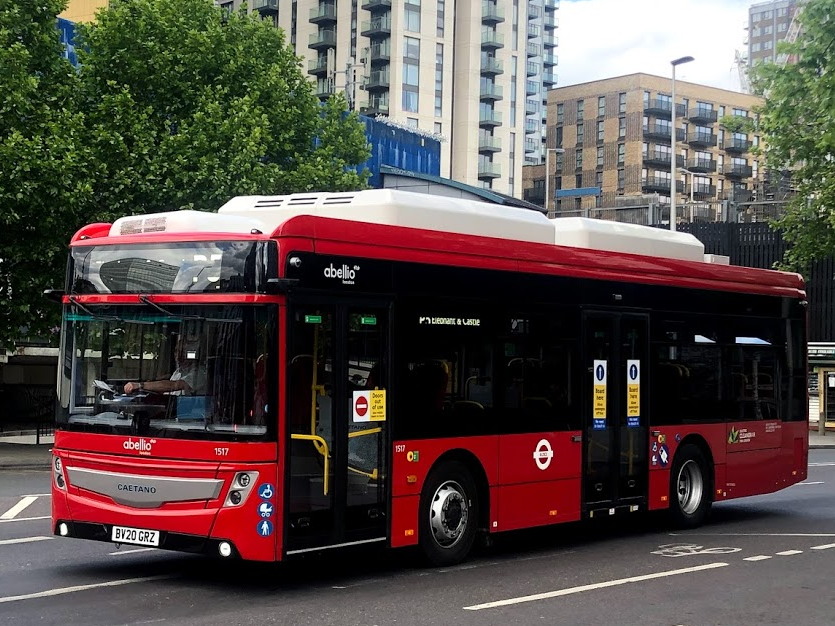
A new era began on the C10 bus route this weekend when the first of the new electric buses entered service.
The C10 links Victoria with Canada Water via Elephant & Castle, Bermondsey and the Rotherhithe peninsula.
The fleet of 34 Portuguese-built CaetanoBus electric vehicles is shared with route P5 and is based at Abellio’s Walworth depot near Camberwell Green.
The new buses feature a camera monitoring system in place of conventional wing-mirrors.
There are also USB sockets for passengers to charge their mobile devices.
The new buses will gradually take over from the previous hybrid fleet.
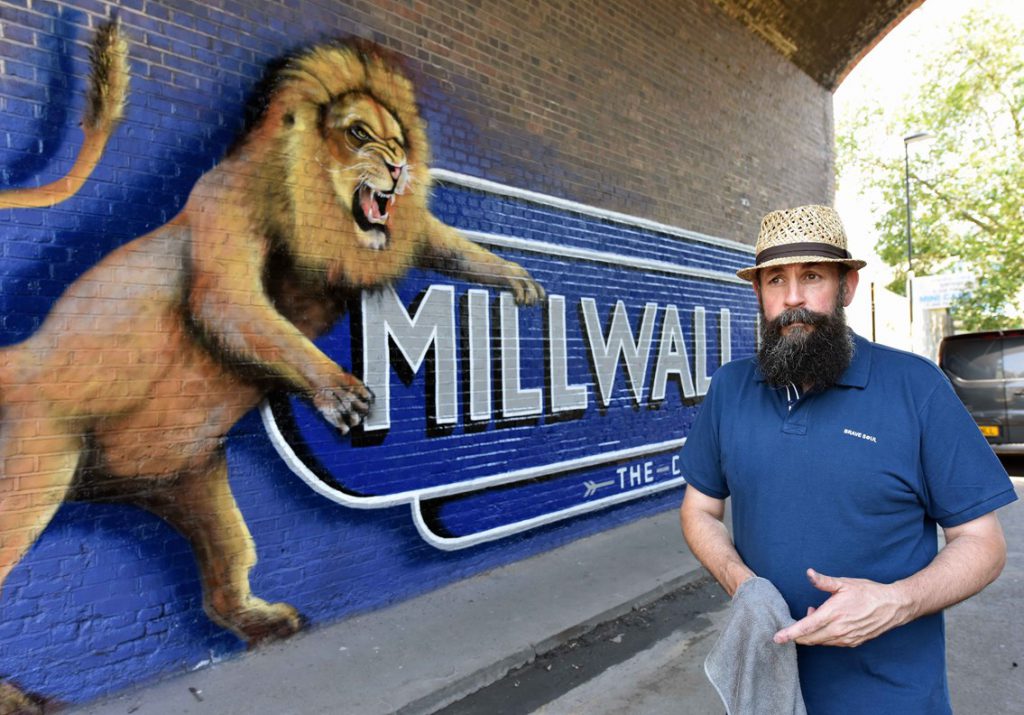
Network Rail has worked with community groups and Millwall Football Club to celebrate the team’s symbol – a rampant lion – with a new mural in Zampa Road pointing the way to The New Den.
It’s the latest in a number of collaborations between Network Rail and artist Lionel Stanhope.
Lionel Stanhope said: “I’m really happy to have worked with Network Rail and Millwall Football Club on this mural and I’m pleased with the outcome. It sits well on the wall with strong colours and I’ve received positive feedback from people walking past.”
Steve Kavanagh, Millwall chief executive, said: “I’d like to thank everyone involved at Network Rail for assisting with this project and we’re also incredibly grateful for the efforts of Lionel, who has done a superb job with the new mural. I’d like to extend our thanks to members of Millwall Supporters’ Club who have overseen an initiative organised by the fans, for the fans.”
Eddie Burton, community engagement manager at Network Rail said: “It’s great to see this wall looking so good and I’m really pleased we could do this for Millwall Football Club. We hope the fans and local community will treasure this artwork and the mural will offer a great photo opportunity for years to come”